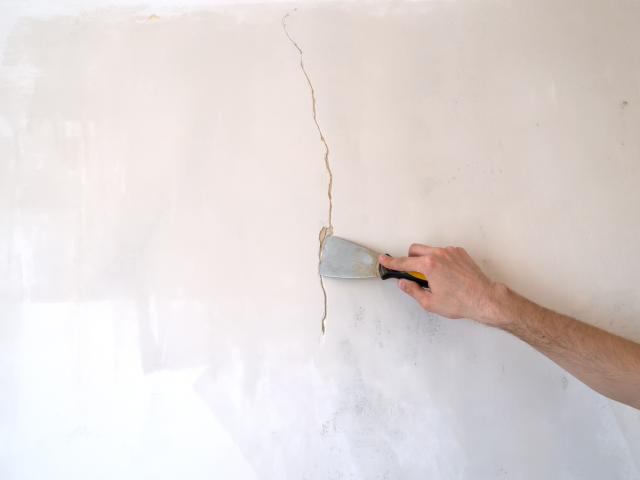Buying or selling a home is about more than just square metres and location - it’s about creating a space that feels desirable, well cared for, and ready for a new chapter.
According to Barbara Larney, RE/MAX broker-owner of RE/MAX Wine and Whales in Hermanus, strategic upgrades - both inside and out - can make a significant difference in attracting buyers and maximising value. From kerb appeal and outdoor living spaces to eco-friendly features and structural maintenance, small but thoughtful improvements can transform a property and leave a lasting impression.

Maintaining structural integrity: Wall cracks
Wall cracks are a common concern for homeowners. While some are purely cosmetic, others may indicate deeper issues that require professional attention. Understanding what causes wall cracks and how to fix them can help protect your property and maintain its value.
By combining thoughtful upgrades with proactive maintenance, homeowners can enhance both the appeal and the longevity of their property, ensuring it stands out in a competitive market.
READ: Renovate smart, sell smarter: Expert advice every homeowner should know
Common causes of wall cracks
Wall cracks can result from a variety of factors, from natural settlement to environmental conditions. One of the most frequent causes is foundation movement. As a building settles over time, slight shifts in the foundation can lead to hairline cracks, particularly around doors and windows. Minor settlement is normal, but significant or uneven settling may indicate structural problems that need attention.
Moisture is another major contributor. Leaking pipes, poor drainage, or rising damp can weaken plaster, drywall, or brickwork, causing cracks to appear. Moisture also causes materials to expand and contract, exacerbating existing fissures.
Temperature changes also play a role. Materials like concrete and plaster expand and contract with heat and cold, which can create stress and lead to cracking. This is especially common in exterior walls or areas exposed to direct sunlight.
Finally, poor construction practices - such as using substandard materials, skipping control joints, or applying finishes too quickly - can lead to cracks over time. In older buildings or multi-story homes, natural aging and wear also contribute.
READ: How to spot and secure a bargain property in South Africa
Types of cracks and what they mean
Not all cracks are equal. Understanding the type of crack can help determine whether it’s cosmetic or structural:
-
Hairline cracks: Usually superficial, appearing in paint or plaster. These are mostly cosmetic and can be easily repaired.
-
Vertical cracks: Narrow, straight cracks often caused by foundation settling. They’re generally not serious if they remain stable.
-
Horizontal or stair-step cracks: Common in brick or concrete block walls, these may indicate significant structural movement and require professional assessment.
-
Wide or growing cracks: Cracks wider than 5mm or that continue to expand may signal serious foundation or structural issues.
How to fix wall cracks
Repairing wall cracks starts with identifying the cause.
-
Cosmetic cracks: Can usually be repaired as a DIY project. Clean the crack, apply filler or patching compound, sand once dry, and repaint.
-
Moisture-related cracks: First, fix the underlying water problem—repair leaks, improve drainage, or install a damp-proof course—before repairing the wall.
-
Structural cracks: Require caution. If the crack’s severity is uncertain, consult a professional. In some cases, a structural or geotechnical engineer may be necessary to assess and recommend repairs.
Prevention is key
Preventing wall cracks involves proactive maintenance:
-
Maintain good drainage around your home.
-
Keep gutters clean and free of debris.
-
Ensure soil around the foundation is stable.
-
Inspect your property regularly for signs of movement or moisture.
By understanding the causes of wall cracks, addressing them promptly, and taking preventive measures, homeowners can safeguard both the aesthetics and structural integrity of their property.
Source: HomeDzine
Want all the latest property news and curated hot property listings sent directly to your inbox? Register for Property24’s Hot Properties, Lifestyle and Weekly Property Trends newsletters or follow us on Twitter, Instagram or Facebook.







